Prospective students
My Overseas Exploration to China
I am Megumi, a second-year master’s student in the Graduate School of Design. I am one of the Japanese who really love Chinese culture. I love Chinese culture, just like international students who come to study in Japan love Japanese culture.
This time, my love for China led me to win a prize in an essay contest, and as a complimentary prize, I participated in an 8-day, 7-night study tour to China in the winter. Let me share my experiences in China with you. Perhaps those who come to Geiko for a Japanese experience can also get the opportunity to get to know another country.
Background of the Visit to China
The Panda Cup is an annual essay contest in which contestants submit essays in Japanese on the theme “I and China”. I submitted my essay for the year 2023 and won the Excellence Award, which is given to the top 10 entrants. This year, the number of entries was 846, and out of those, the top 20 winners of individual prizes and one student representative from a school that won the school prize, a total of 21 Japanese, were invited to visit China for a study tour. The tour consisted of 7 nights and 8 days to Beijing and Suzhou in the winter.
I will share with you four things that surprised me during my visit to China and that I noticed from the perspective of a design student.
1. Participants in the China study tour
The participants who won prizes in the essay contest and participated in the China study tour came from various backgrounds: university students, working people and high school students. Since the participants were interested in China, many could speak Chinese. What surprised me more than everyone’s ability in the Chinese language was that so many members could speak Korean. It seems that more and more young people are becoming interested in China because they have become big fans of Chinese members of Korean idol groups. Some participants started their interest in China from Chinese movies, novels, applications, etc. I think the key to friendships between countries is the “soft power”. “Soft power” refers to the culture of the country, such as anime, movies, games, idols, etc., that are capable of attracting foreigners to know the country’s culture and language. This will lead to the friendship between people of different countries.
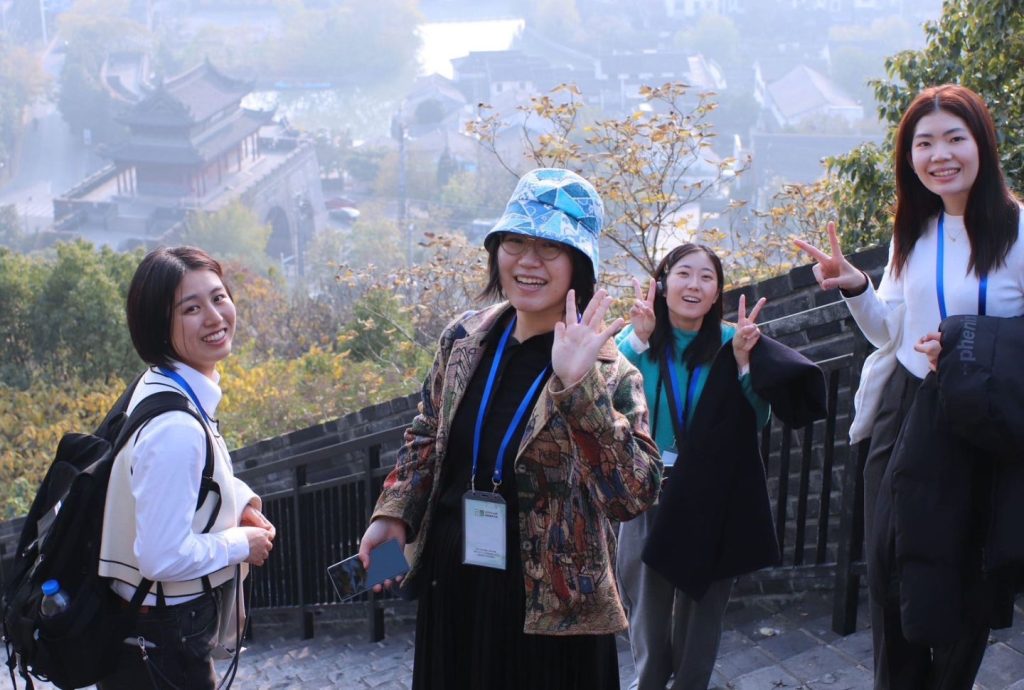
2. Technological advancement
It may go without saying, but China’s technological capabilities are remarkable, especially in the IT field.
During our visit to China, we had the opportunity to visit several companies. In Beijing, we had hands-on experience with advanced products and technologies developed by one IT company. The next day, we walked around Beijing with Beijing University’s and Beijing Language and Culture University’s students to find issues that we could see in the city and discussed in a workshop how the technologies of IT companies could be used to solve these issues.
When I visited Dalian University of Technology earlier, during the summer, I was very surprised to see a face recognition gate in front of the university gate and the use of QR code payment in small stores. I believe that China is making progress in applying digital technology to solve problems in the city. This visit to China further reinforced my belief. I saw benches where people can recharge electricity for their smartphones and devices that detect and record traffic violators in the streets. I also rode in a self-driving bus and taxi.
In China, e-sports are more accepted than in Japan. Sometimes, players are treated like idols. In addition, the graphics and product designs used by IT companies to advertise their technology are very cool and futuristic. I personally believe that China’s technological development today is due to its early adoption and enjoyment of the digital world and its skill in promoting technology in a cool way.

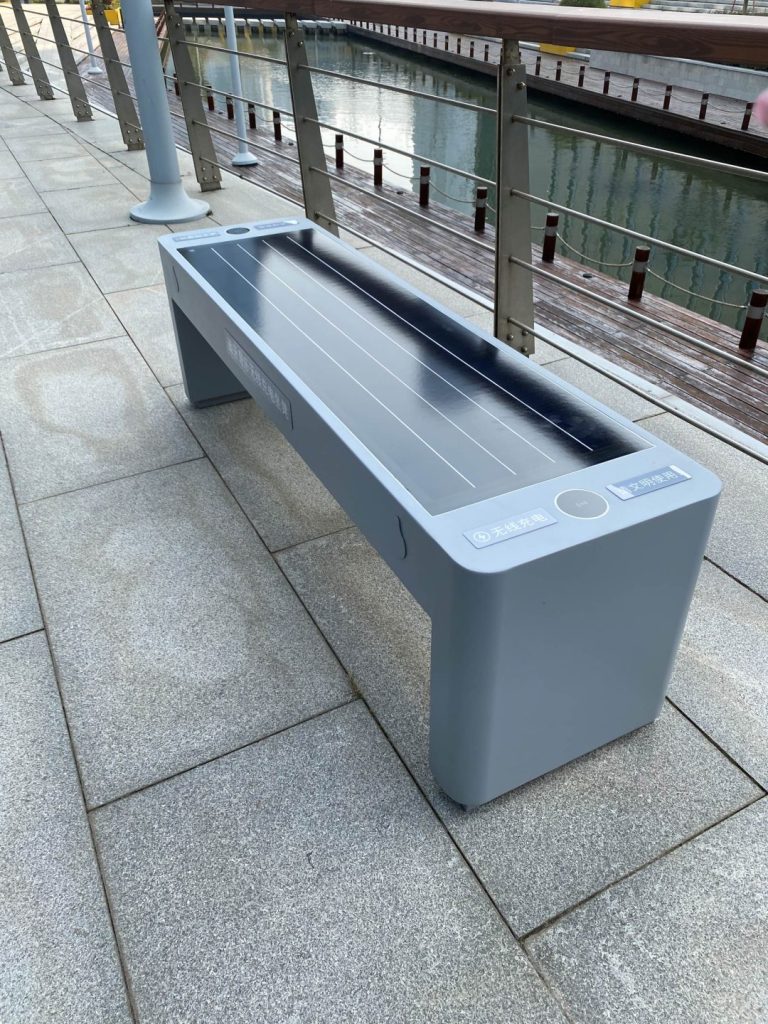
3. Active use of public spaces
I have the impression that there are many more public squares in China than in Japan. In Japan, there are small parks here and there where you see children, mothers and fathers enjoying themselves. However, I rarely see the seniors. If I see them, most of them are strolling alone or sitting by themselves. In China, on the other hand, plazas are everywhere, and what catches my eye in the plaza is seniors dancing and exercising in groups. It is also impressive to see seniors moving energetically in the morning or at night, regardless of the time of day. In Japan, some seniors, like elderly men, have difficulty fitting in with the local community after retirement. Some elderly become frail and lonely because they have been confined to their homes. Such problems have existed for many years. If a culture can be fostered in which the elderly can enjoy their time in the neighborhoods using squares, as is the case in China, I believe this will lead to a solution to the problem. In addition, the sidewalks were filled with interestingly shaped street furniture, art objects, and exercise equipment that allowed people to enjoy the public space and streets.
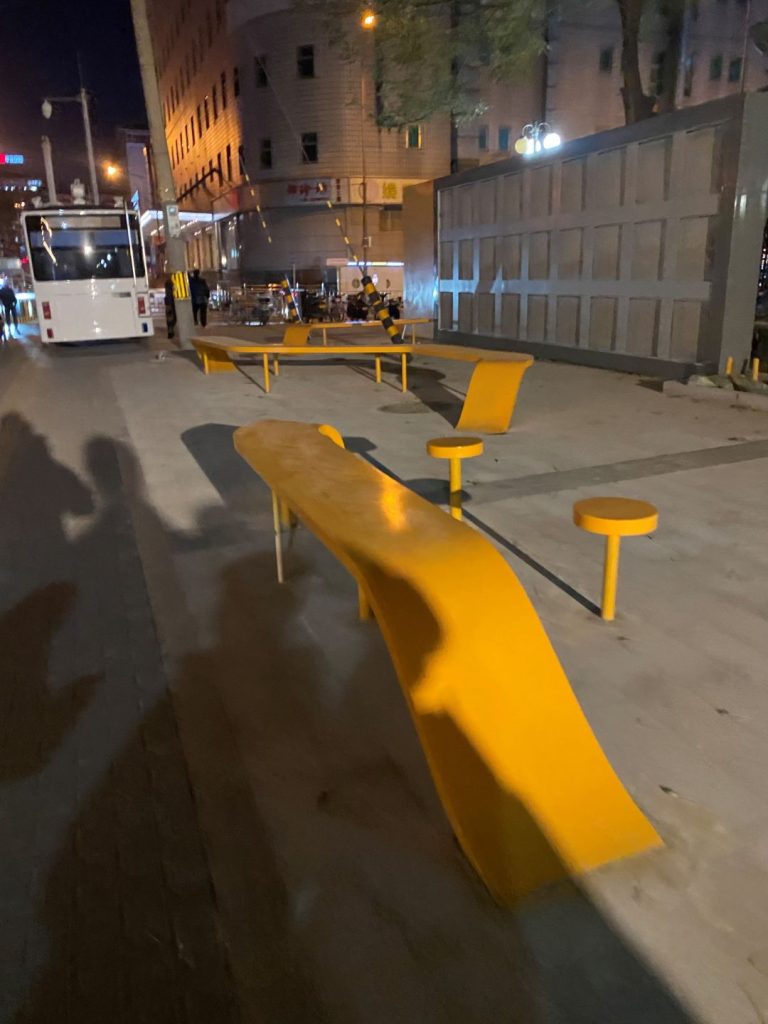
4. Design
One of the reasons I love China so much is its traditional Chinese architecture and furniture design (here, I am referring “design” to forms, color schemes, and traditional patterns) of the Ming Dynasty. Suzhou, which I visited this time, is famous for the Ming Dynasty’s classical architecture and gardens. Suzhou is such a beautiful place that there is a famous citation, “above the sky is heaven and on earth we have Suzhou and Hangzhou”. I was super moved to see the classical architecture, gardens, and furniture in Suzhou this time.
I believe that one of the characteristics of traditional Chinese design is centered on the emphasis on connections between the inner and outer environment. A typical example of this is the flower window that you can see in the windows of the houses or the walls in the gardens, as shown in the photo, for people to see the garden from the outside. The flower window is one of the quintessential elements of Chinese design. Walking around the city, I was impressed to see the flower window motif applied to the signages on the streets as well. In Japan, the signages on the street are also often made with motifs that symbolize the local culture and landscape. What I found interesting in China was that a motif using a flower window was used for signages. The signages take advantage of the floral window’s characteristics as an object connecting this side to the other side, as shown in the photo.
I was also impressed with the design of art pieces that blend with the traditional architecture in these tourist attractions. For example, in a traditional architectural study in Suzhou, there was an art installation made of papers with Chinese characters written on them that were arranged vertically in one of the heritage buildings, which was really beautiful. However, it is contrary to Japan’s definition of restoration. The traditional architecture in Japan is preserved as much as possible in its original state. I am sure there are many debates over this issue, but I thought it was a wonderful presentation that emphasized the beauty of the traditional space in Suzhou, even if it was a bit excessive.
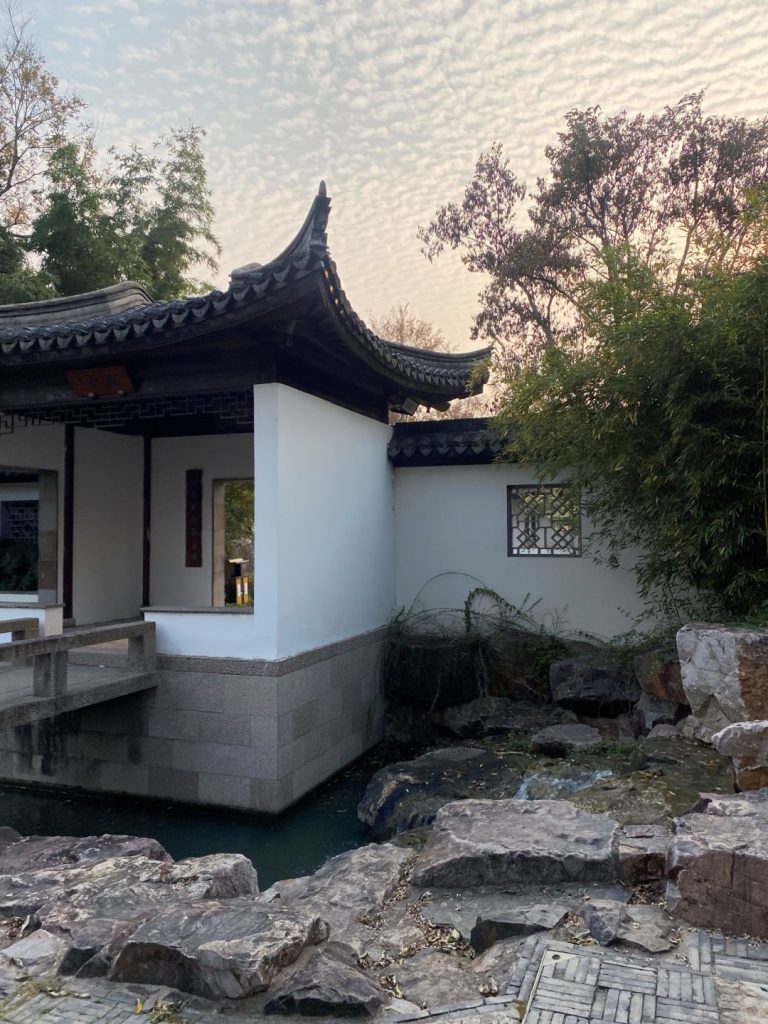
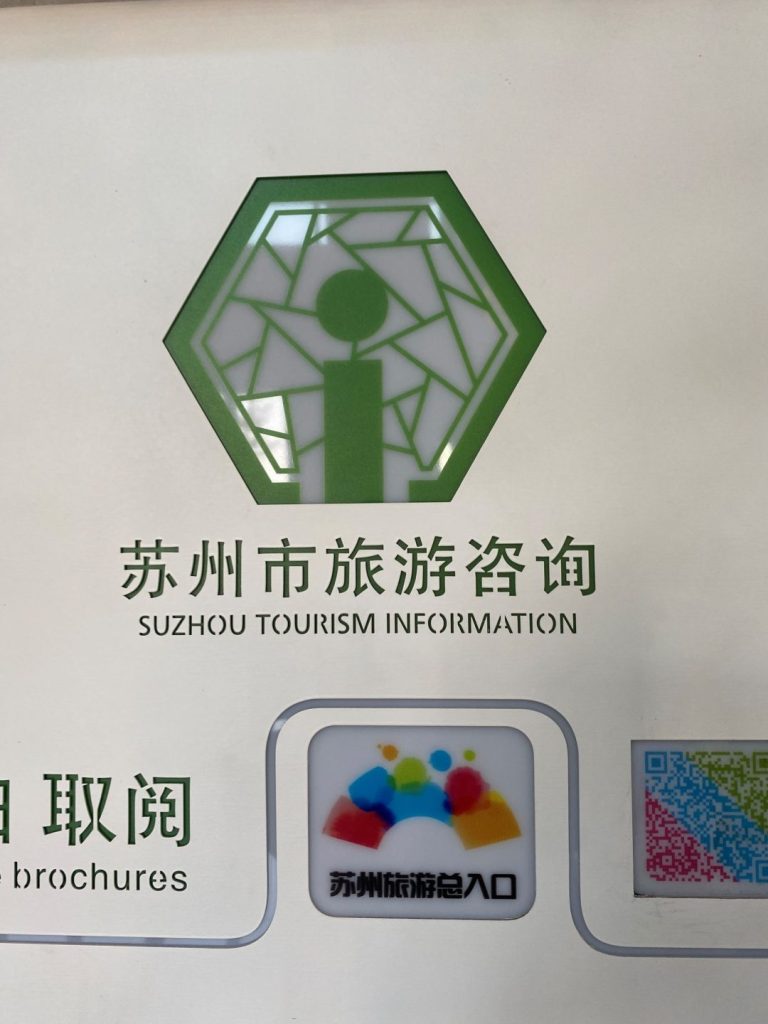
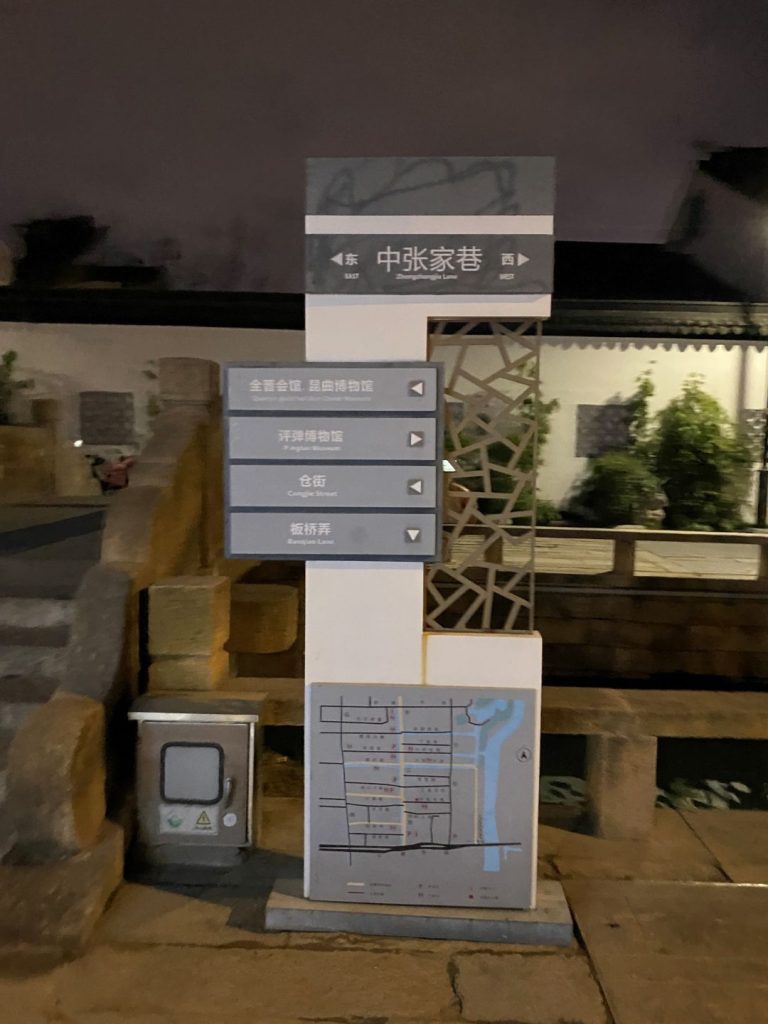
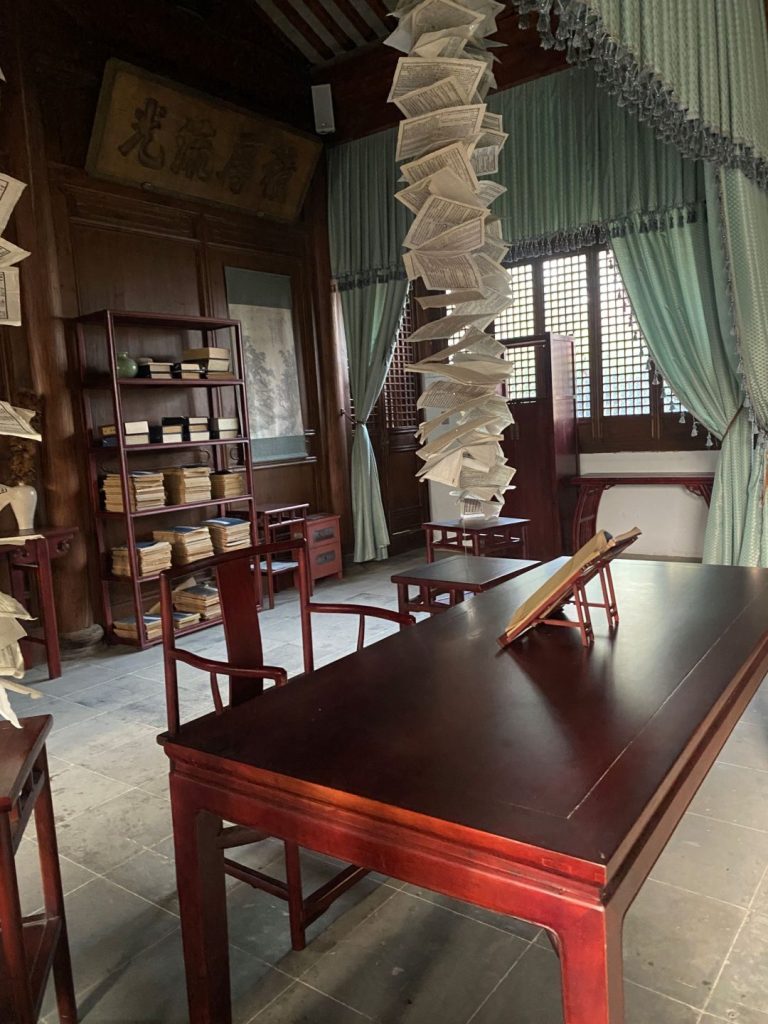
My love for China overflowed in this article. Do you have a country you love besides your own? There are many opportunities to visit and see the country in person. For example, during my two years of master’s study, I had the opportunity to visit China through the International Youth Exchange Programs by the Cabinet Office, Government of Japan (I couldn’t go to China because it was online last year), the Short-term University-wide Study Abroad Program, and as a supplementary prize for an essay contest. I am still looking forward to taking advantage of all the opportunities available.
I hope that more and more Japanese students will also seek out various opportunities and go outside of Japan to visit their favourite countries. Of course, I am also looking forward to seeing you from overseas who are interested in Japan and take advantage of the various opportunities to visit different parts of Japan and other countries. See you then!
———————–
About the Writer
I am a master’s student. I’m Japanese, but I really love foreign cultures, especially Chinese culture. It’s fun for me to hear the stories from international students because it broadens my horizons. If you also become a Geiko student, you can expand your creativity as well as your international horizons.
Why don’t you join us? We are waiting for you!
Megumi Hasegawa
Graduate School of Design
Human Life Design and Science Course